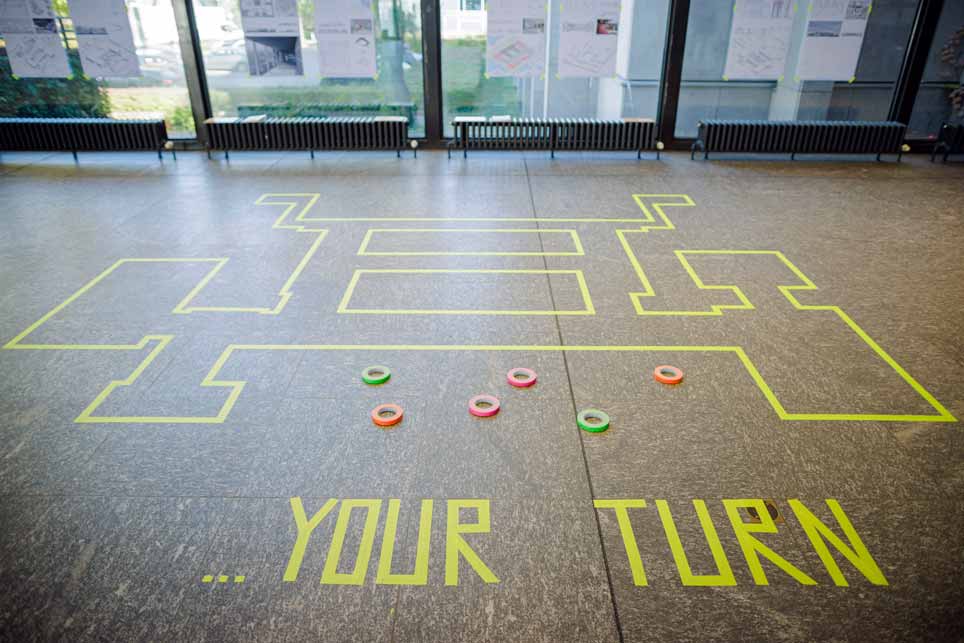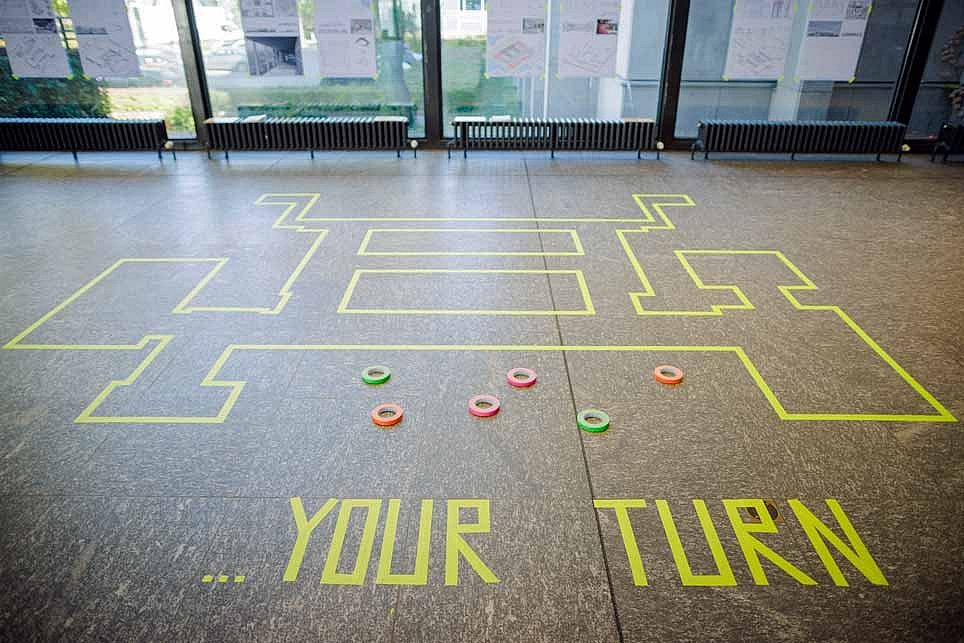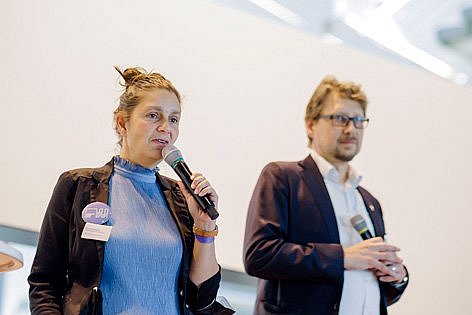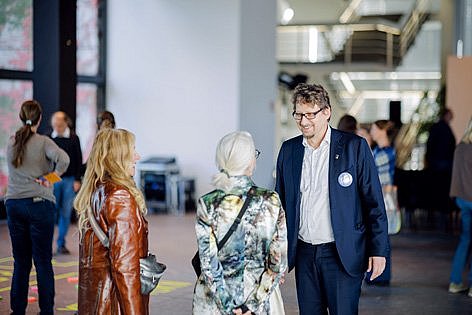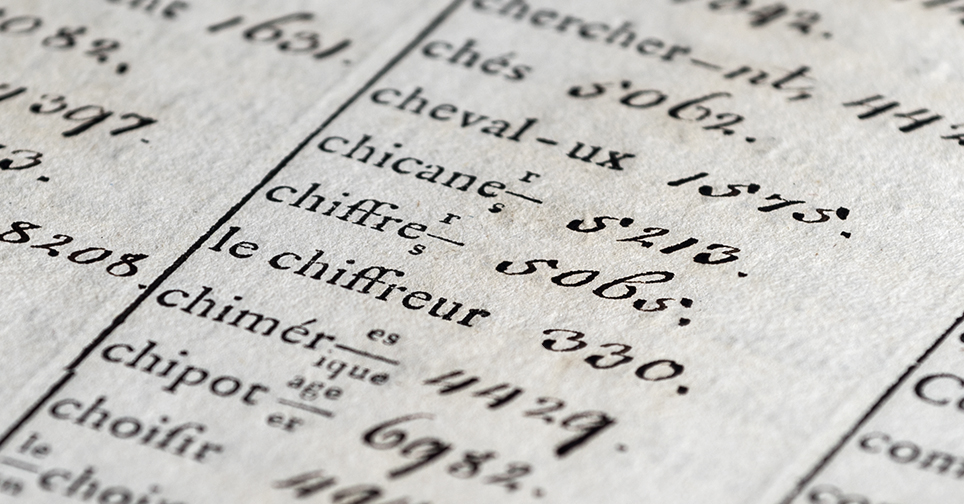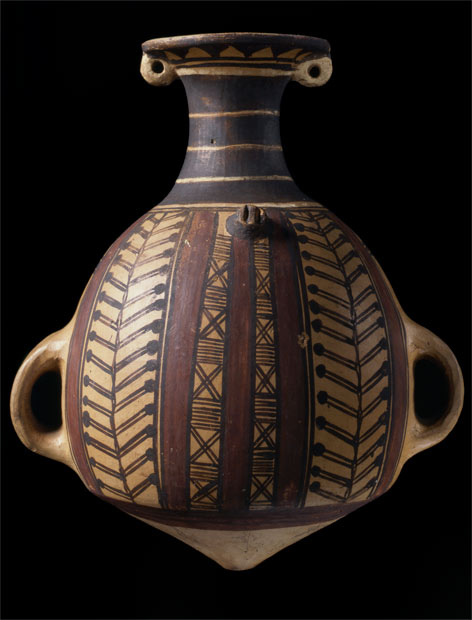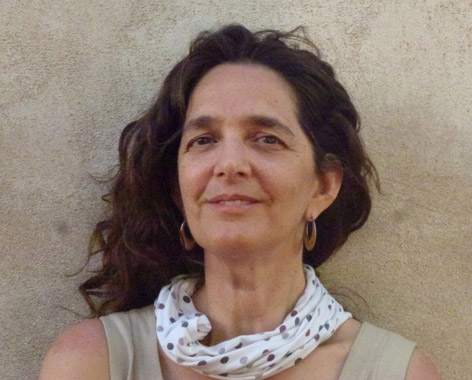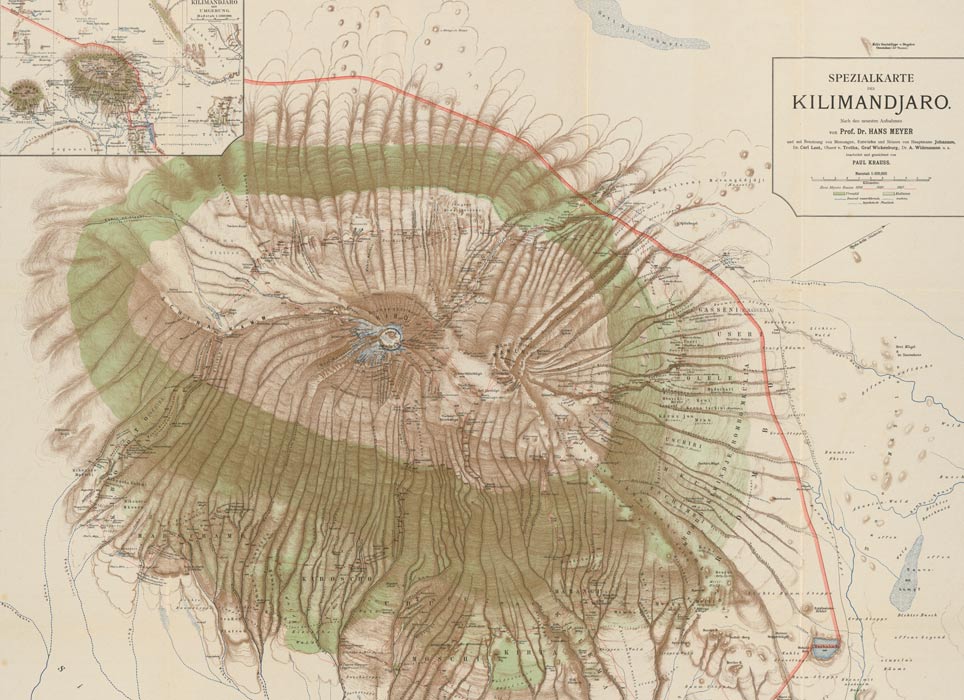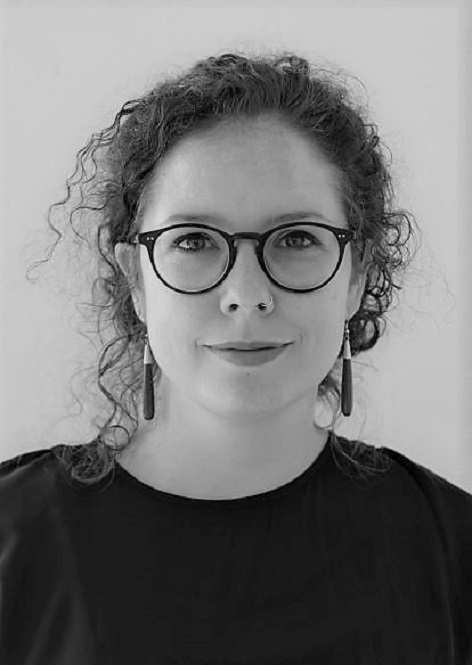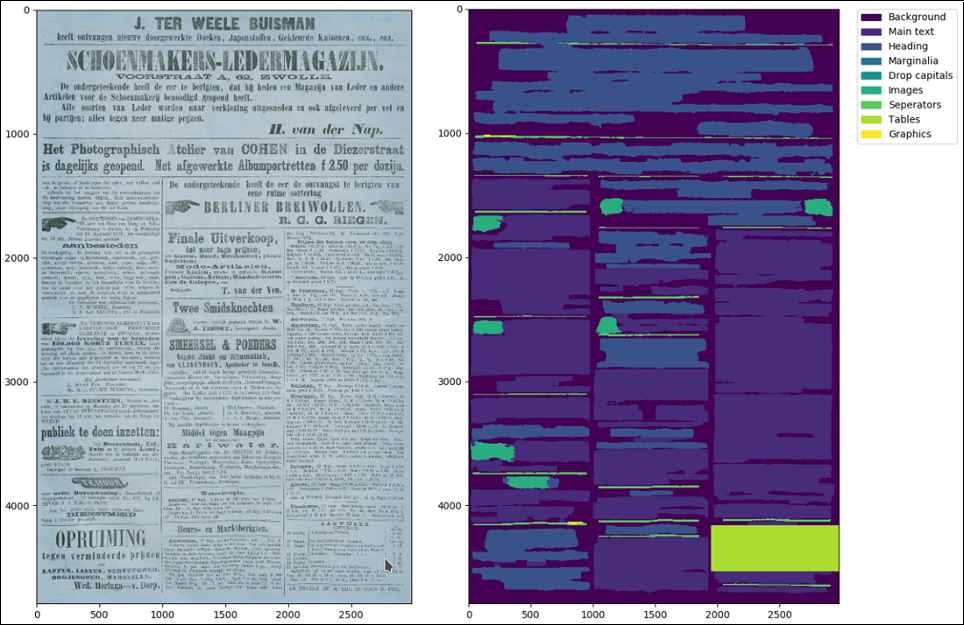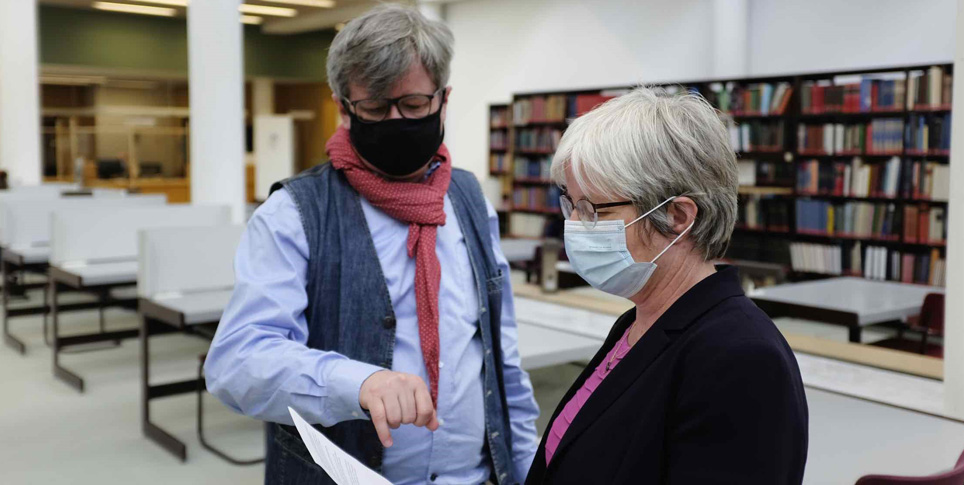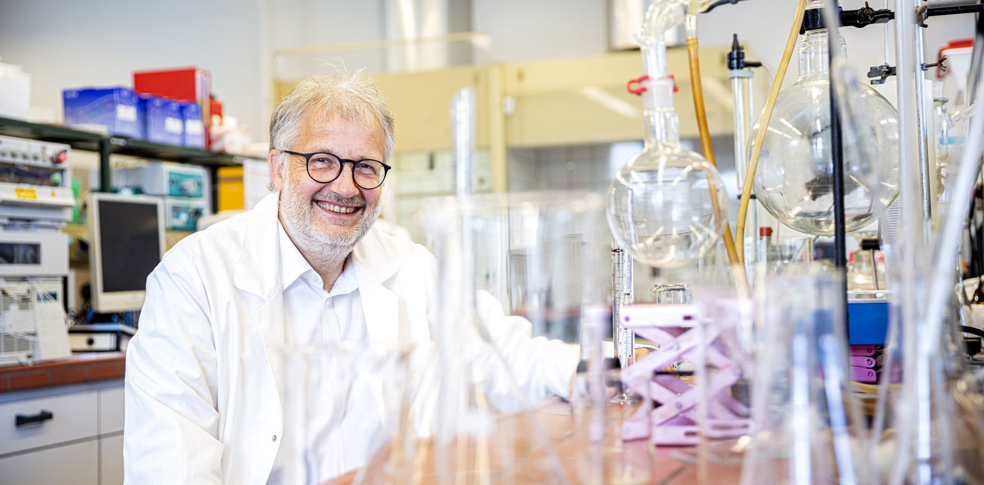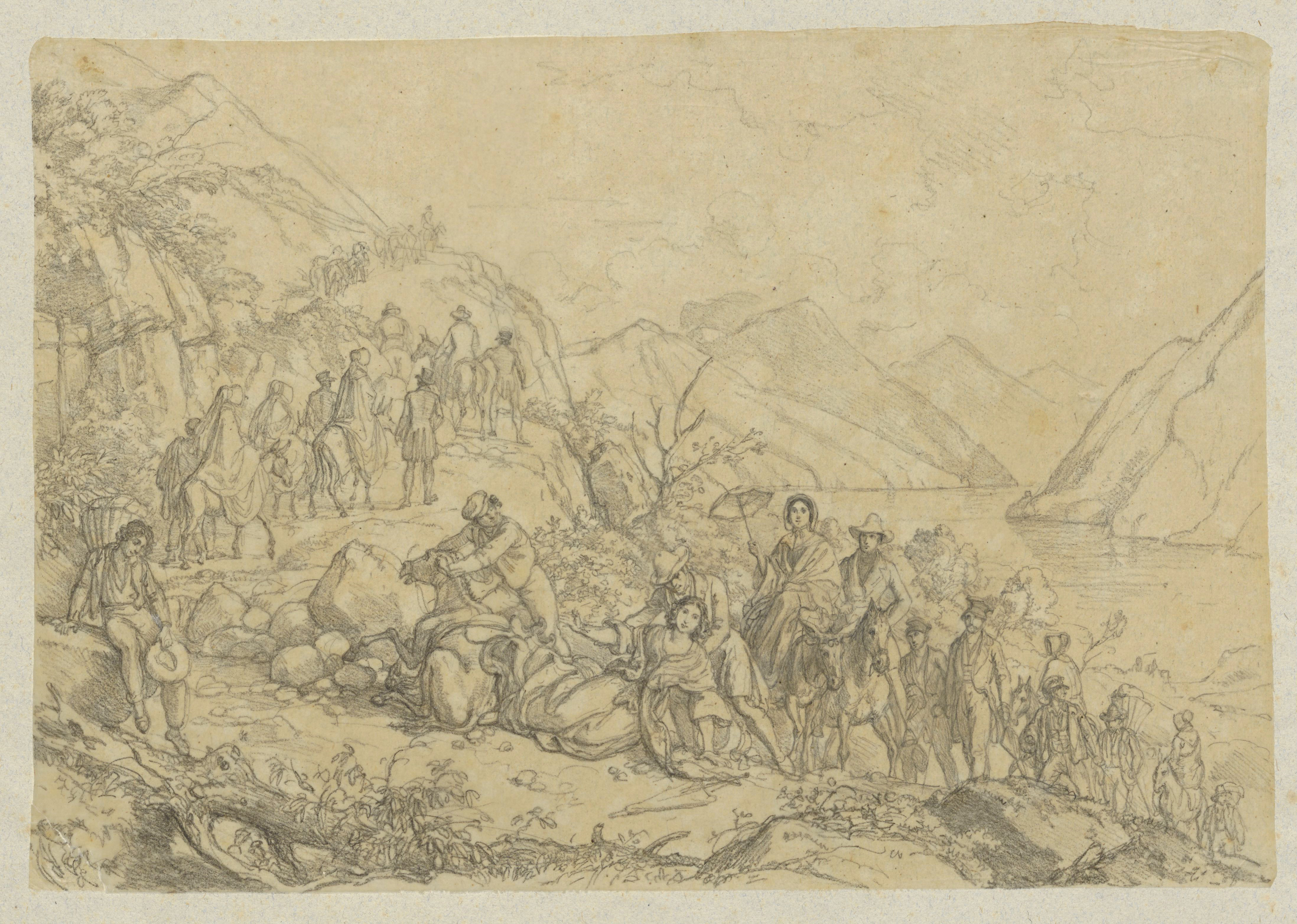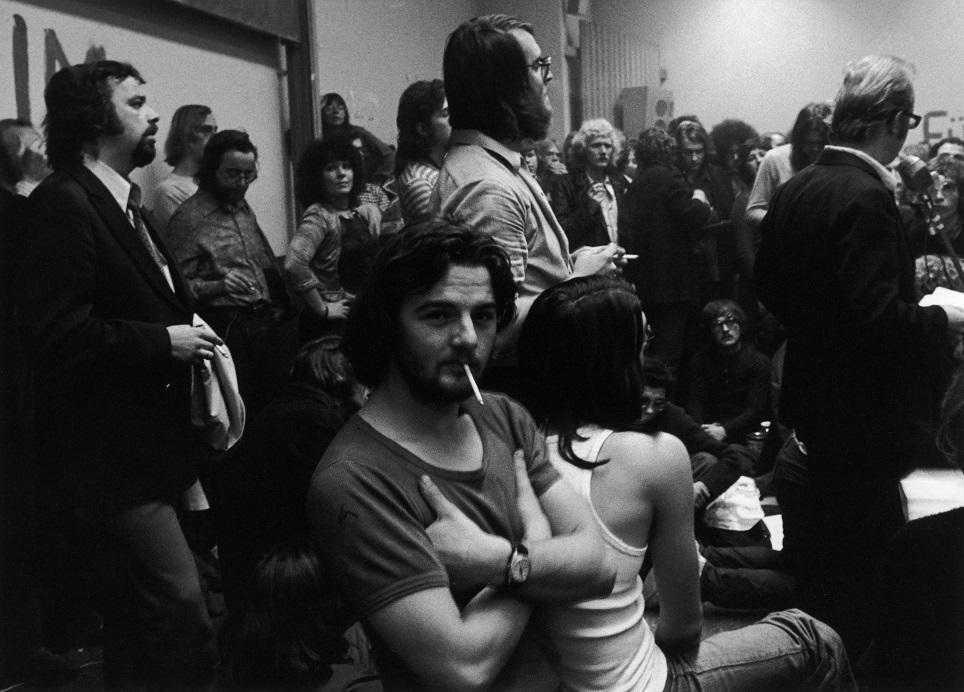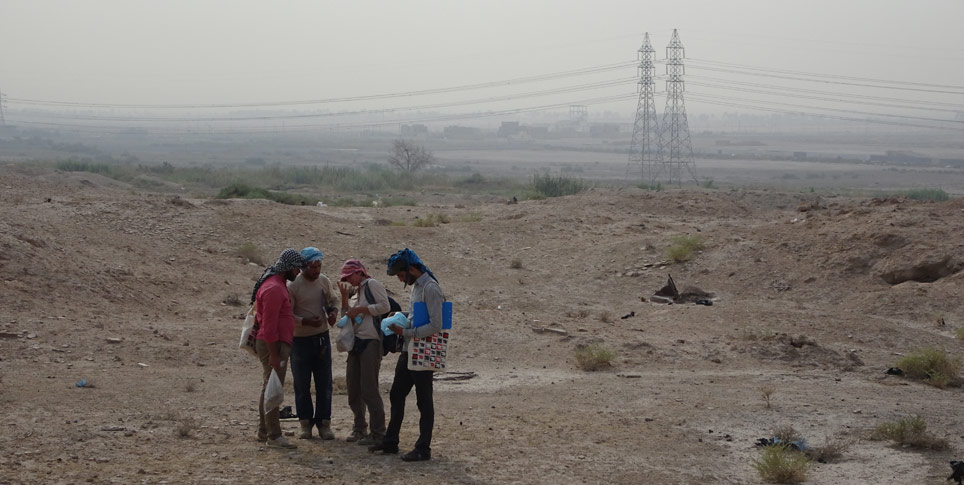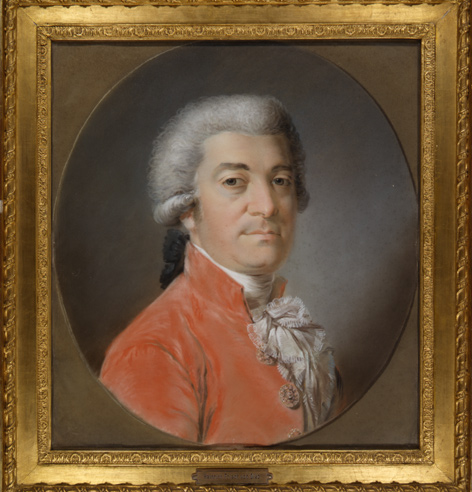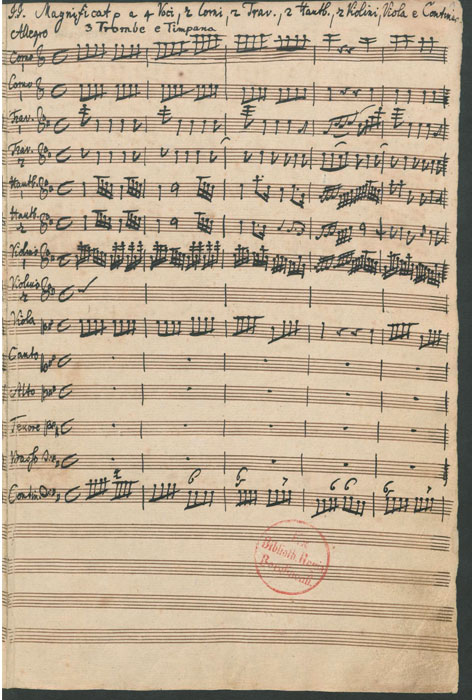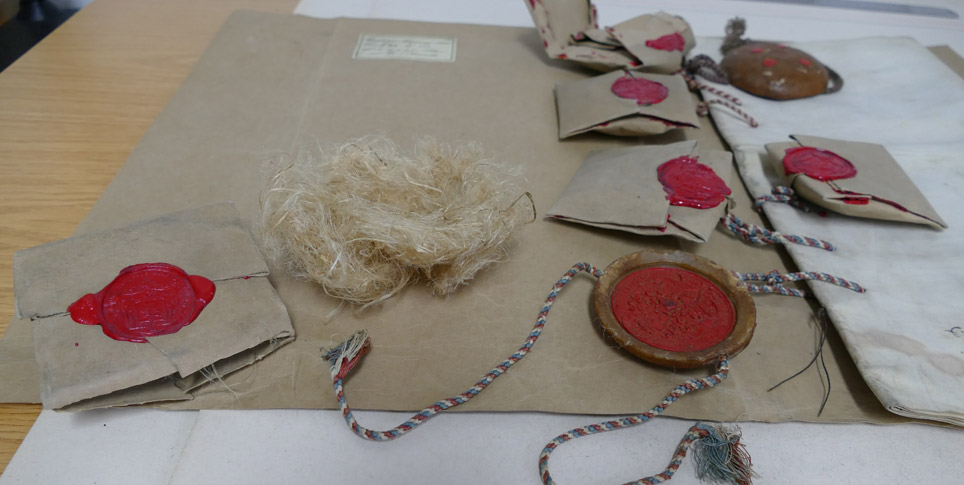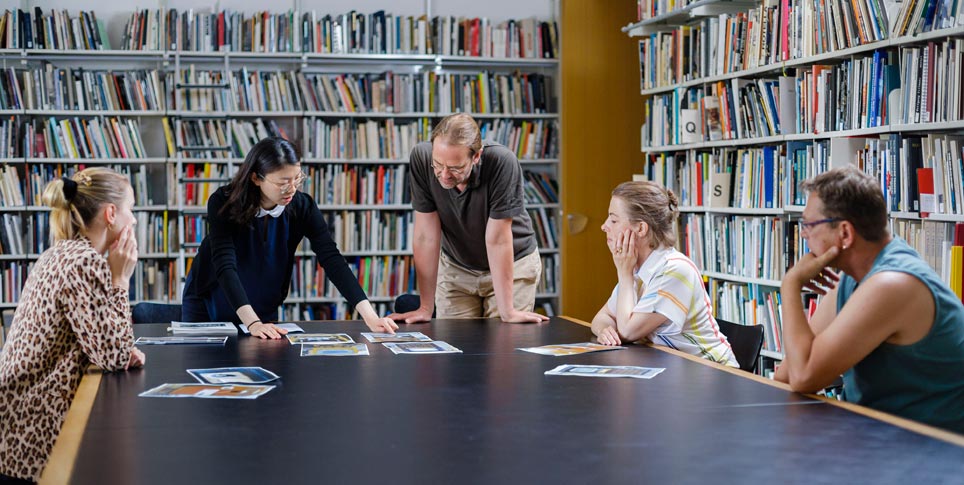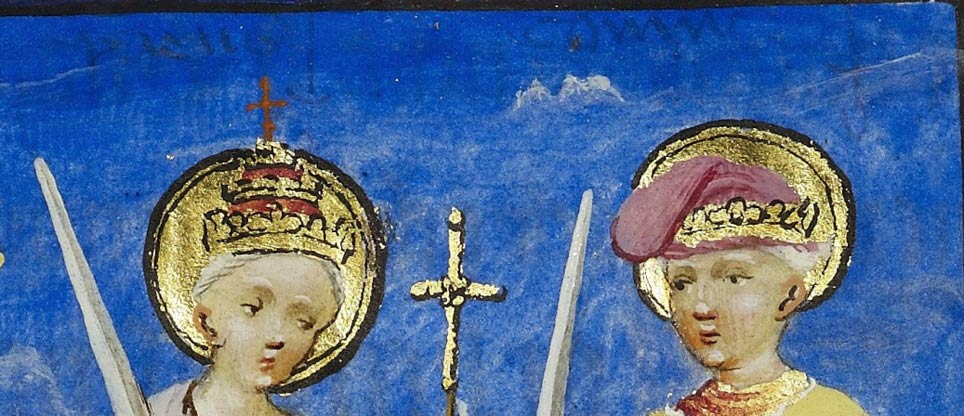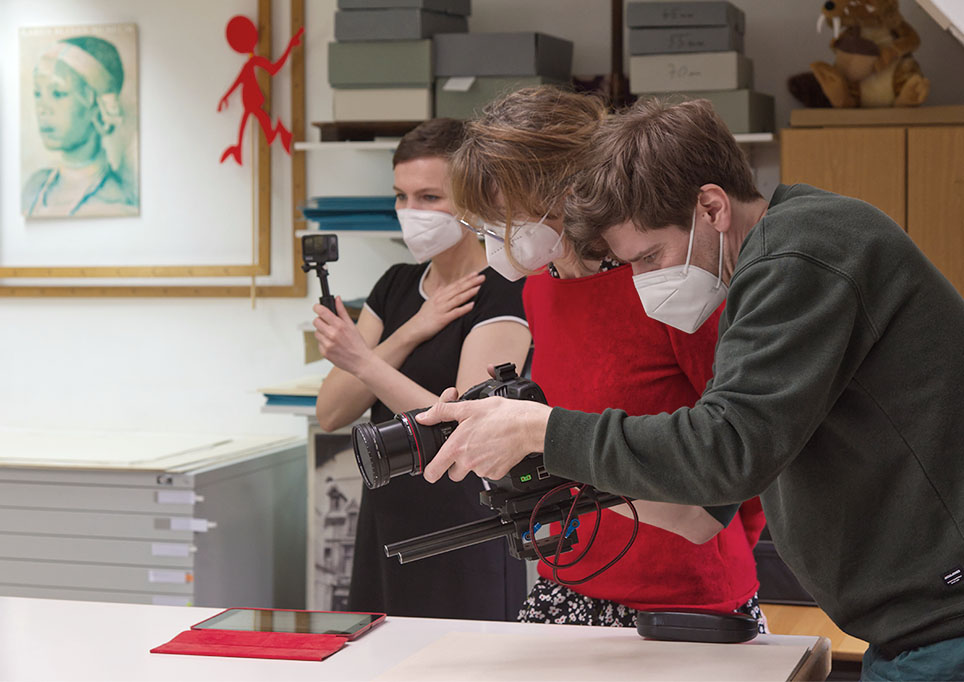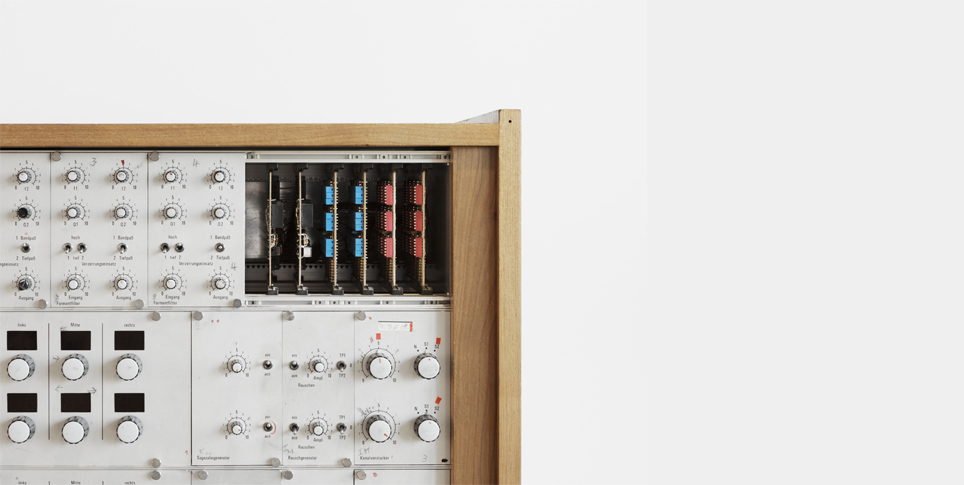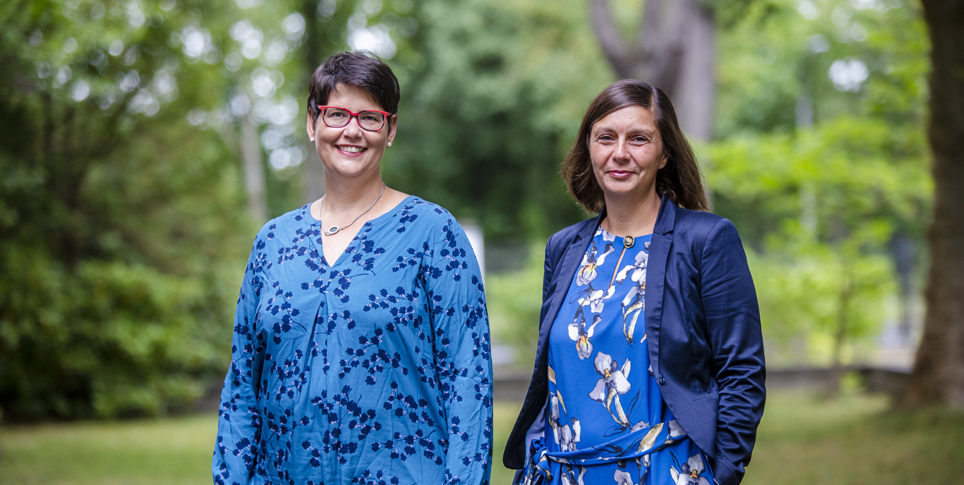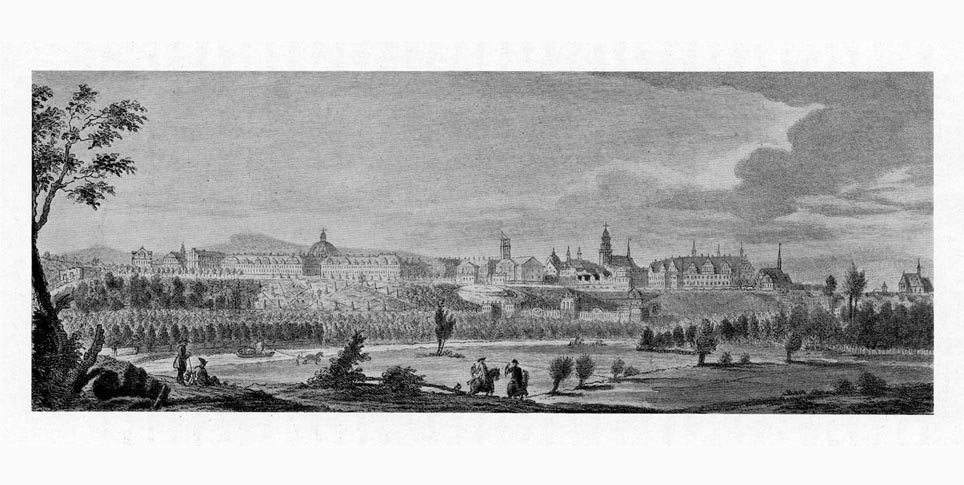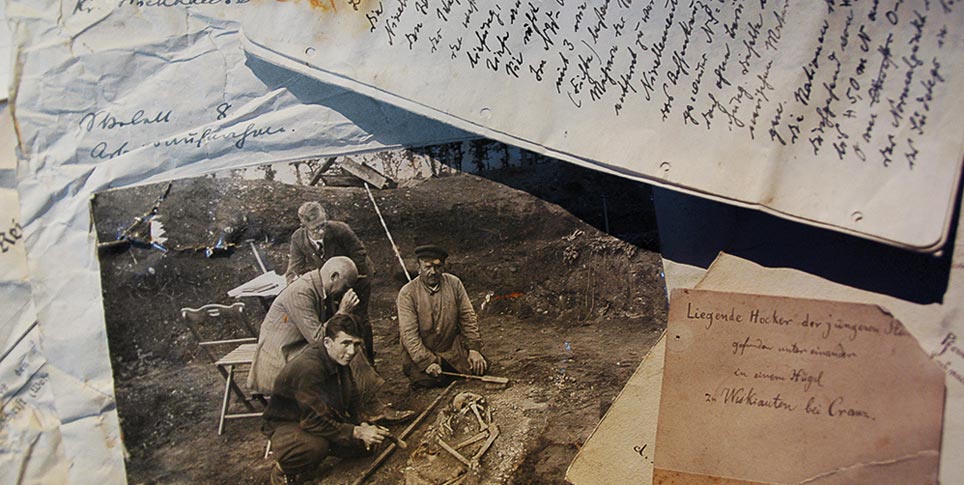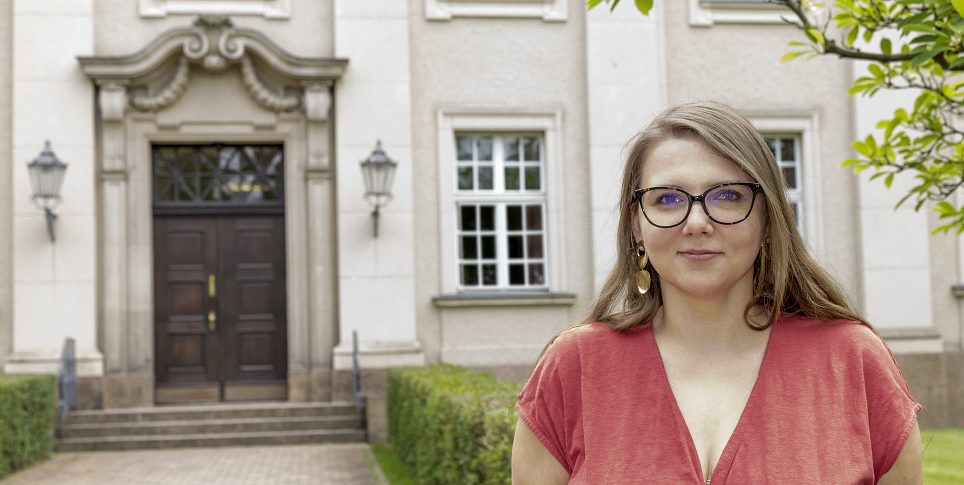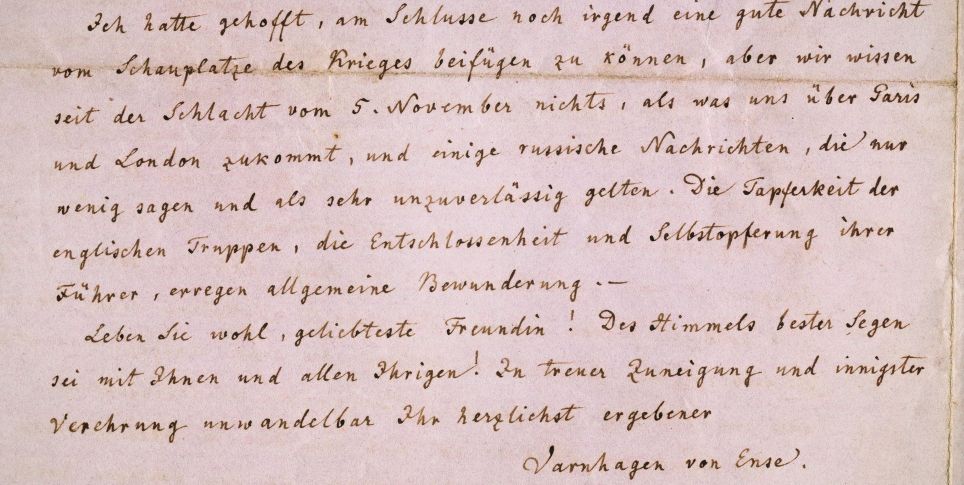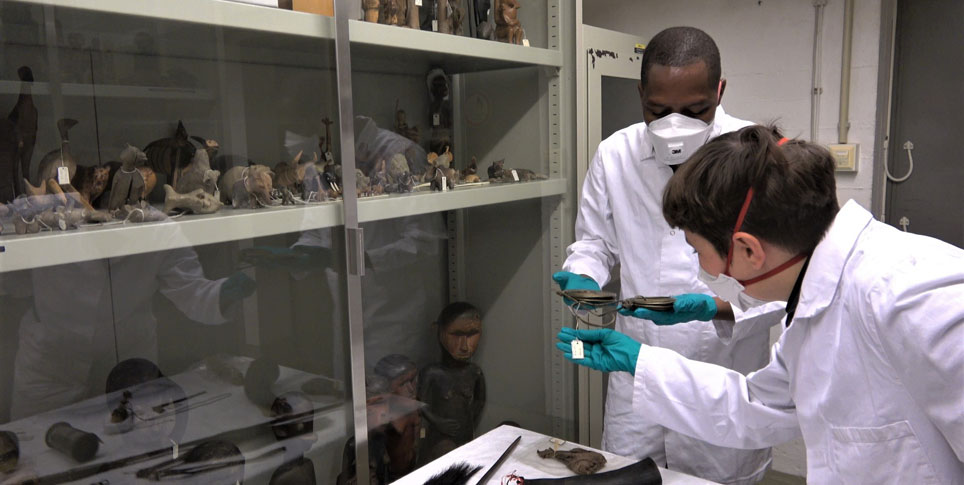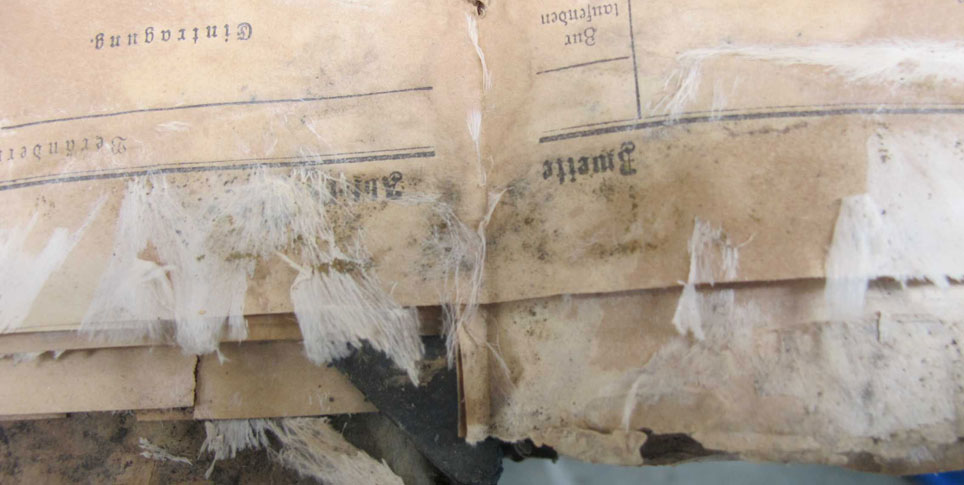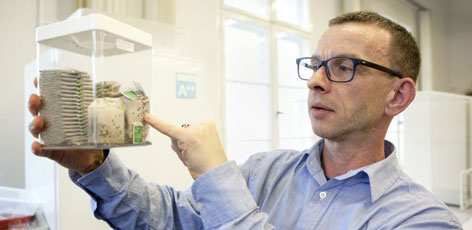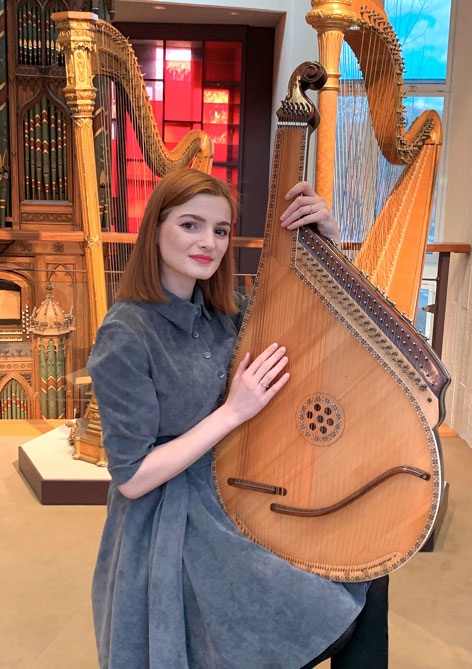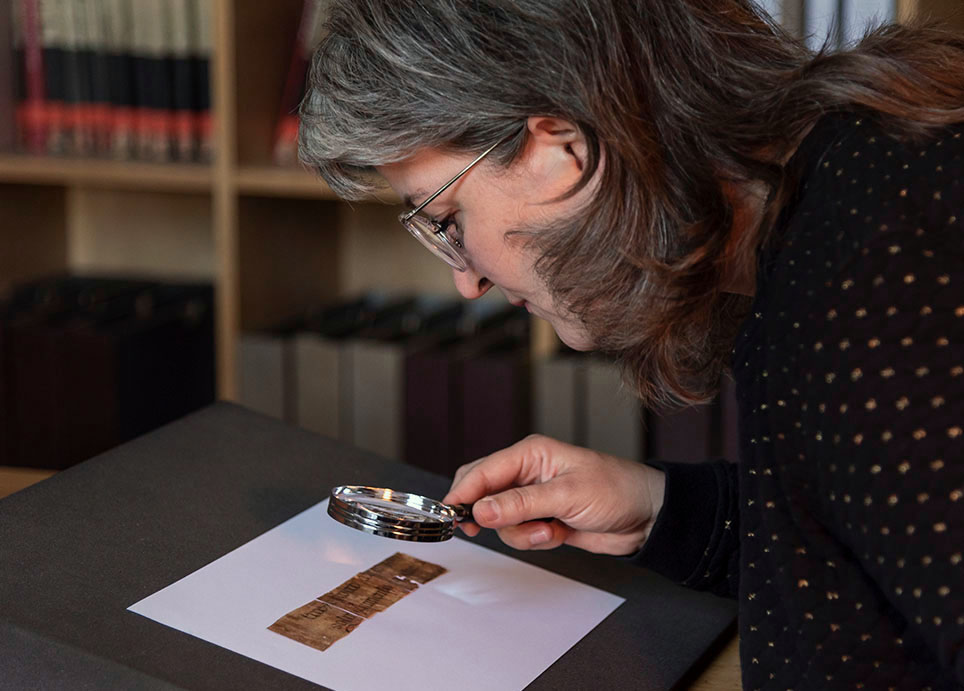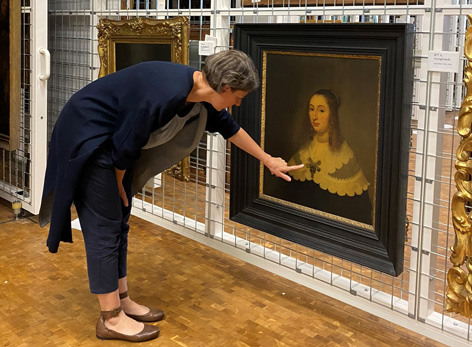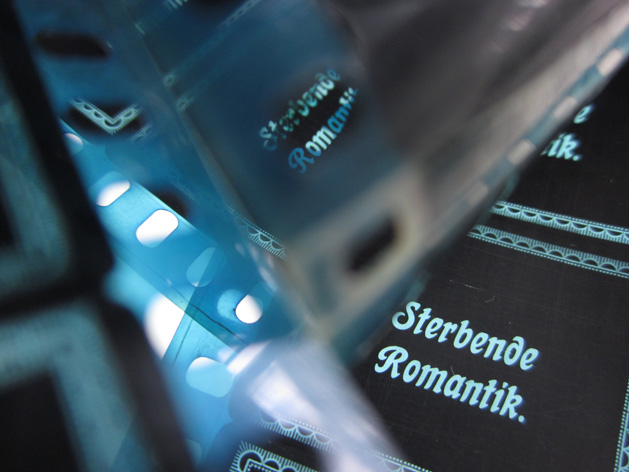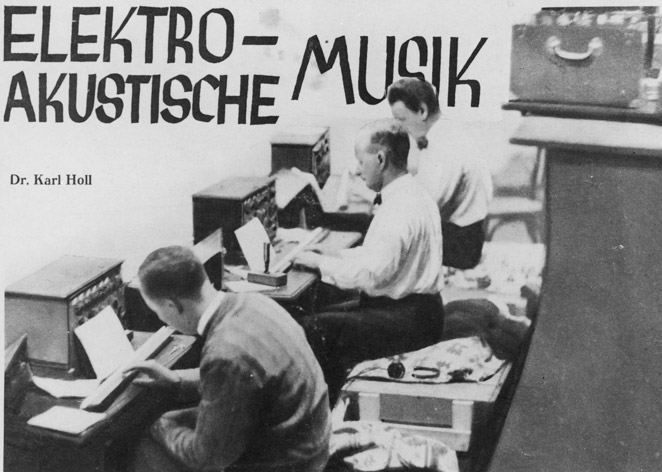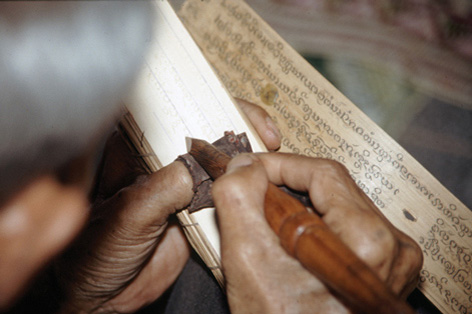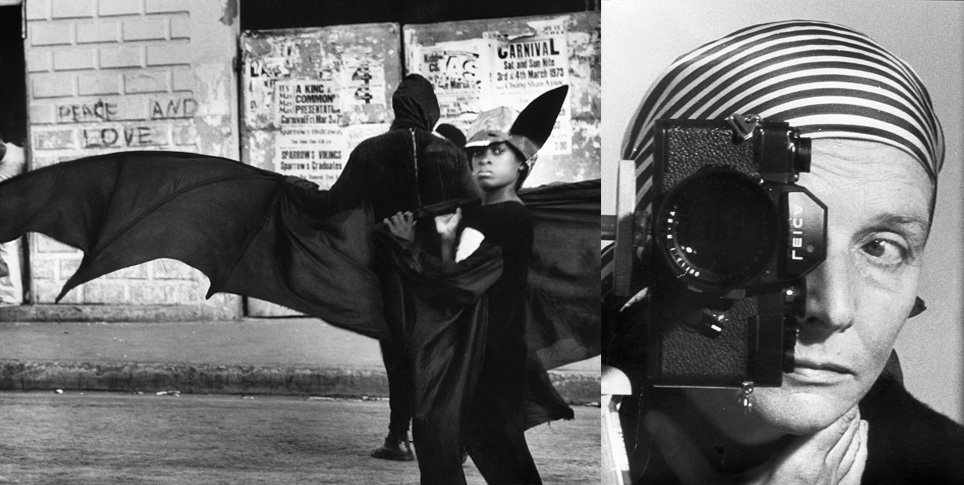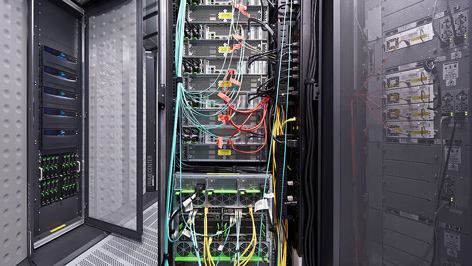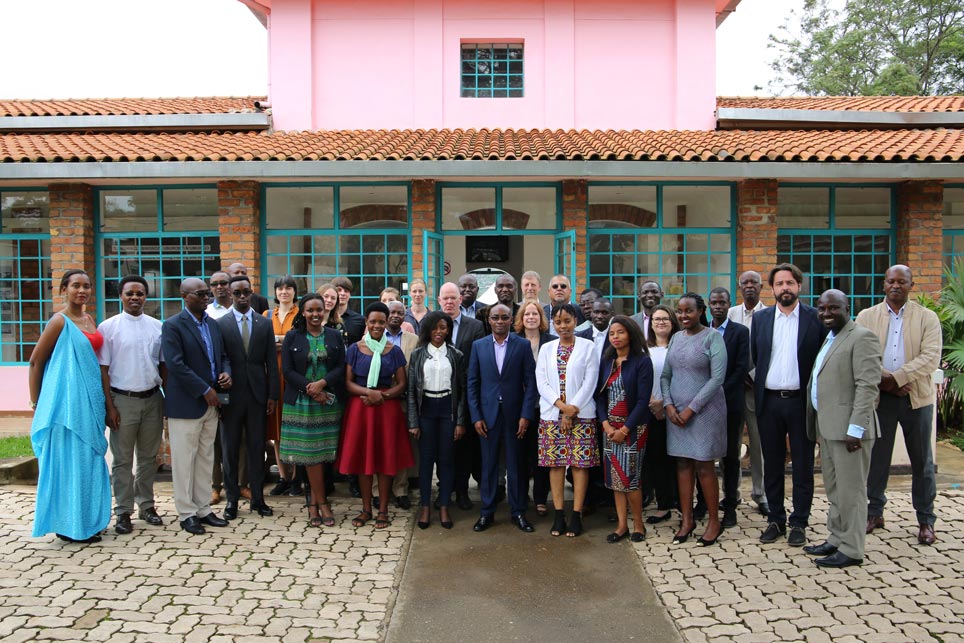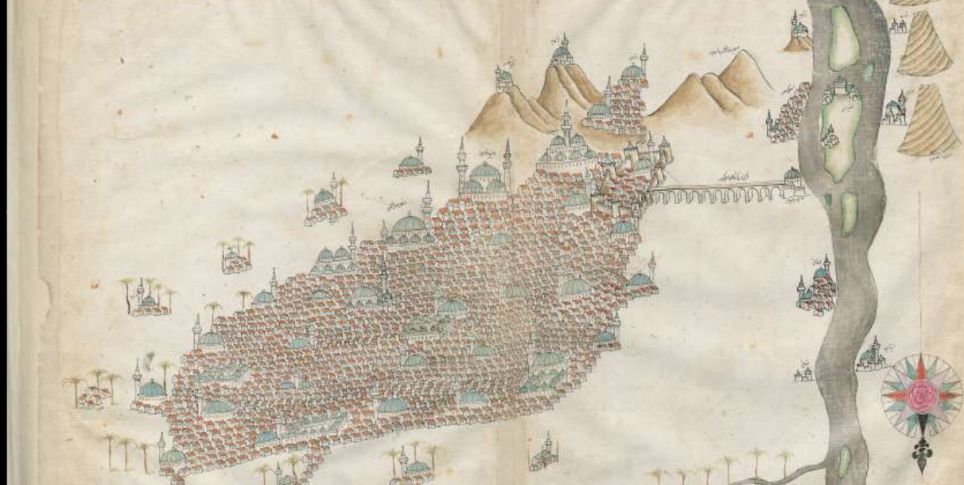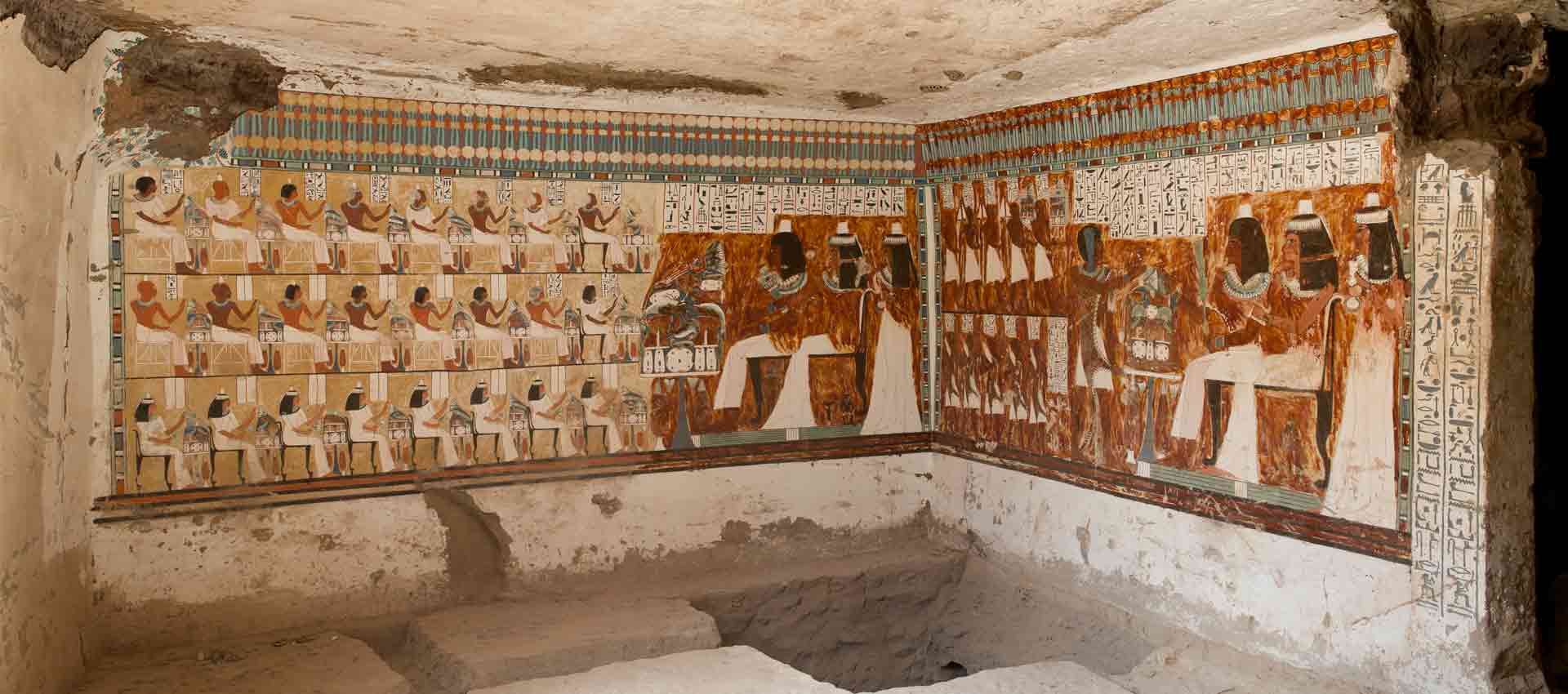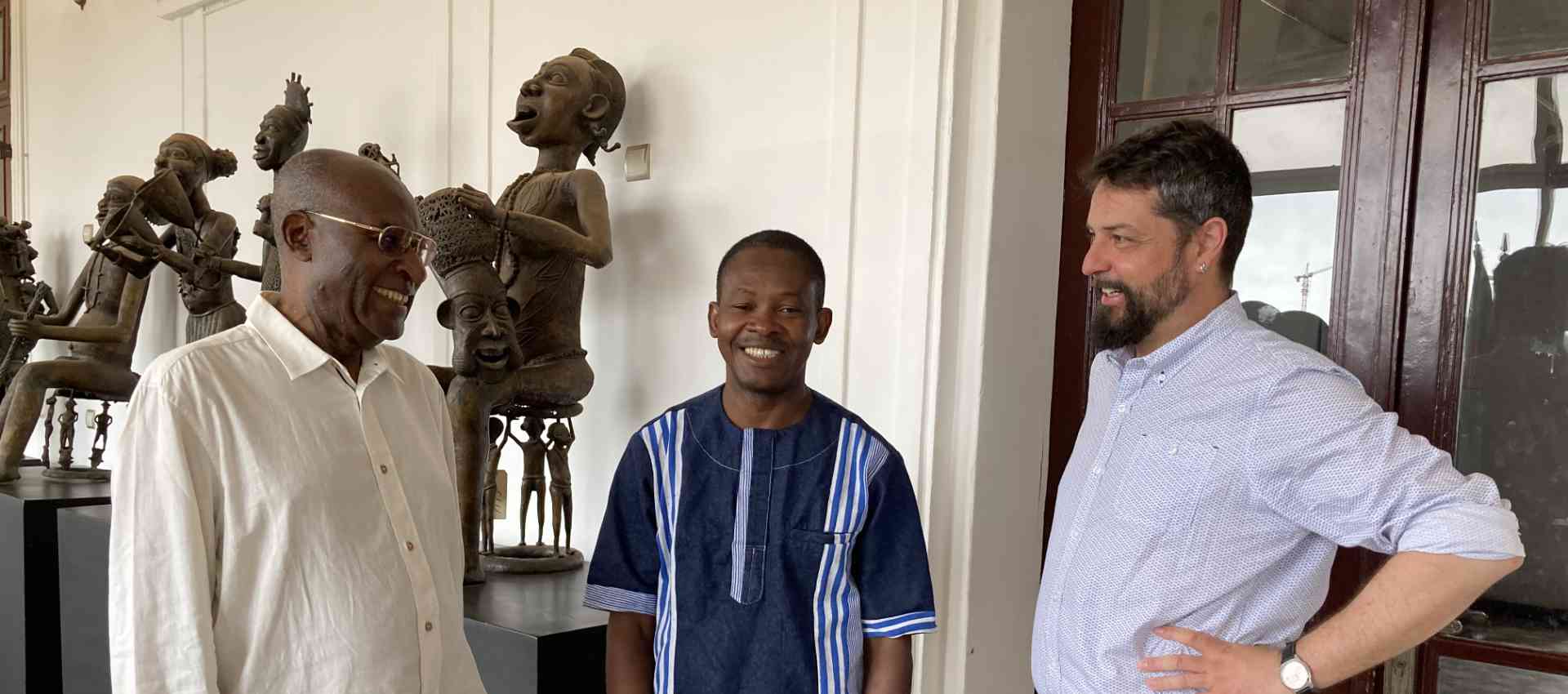Seven SPK institutions have joined forces to form the Dahlem Research Campus. At the beginning of October, the new research campus opened its doors to the public for the first time. In the interview below, Patricia Rahemipour, director of the Institut für Museumsforschung, and Alexis von Poser, deputy director of the Ethnologisches Museum and the Museum für Asiatische Kunst, discuss the present status of the project, options for participating, and the future development of the Dahlem Research Campus.
What can visitors to the Dahlem Research Campus expect to see and experience in the next few years?
Alexis von Poser: First and foremost, visitors can experience research as it happens and take part in it, if they like. We want to bring people behind the scenes of the SPK and invite them to specific events. In somewhat more concrete terms, that means that we are currently working on an exhibition workshop devoted to the subject of time. Starting next year, we want to open the place to the public twice a month and invite them to play an active part in shaping the research campus. There are a great many projects already under way, such as the “Southern Theory Lecture,” which takes place once per year and was put together with colleagues from the field of social and cultural anthropology at the Freie Universität Berlin (FU) and the Leibniz-Zentrum Moderner Orient. Another example is the cooperation with the Department of Building Design at the Technische Universität Berlin, which has already provided some important inspiration with a project on the architecture of the area. Looking ahead, a post-graduate program is being planned in cooperation with the Freie Universität, and together with partners at the FU, we have just applied to form an “Einstein Circle,” which is also connected to the research campus.
Patricia Rahemipour: These are just a few of the projects that are already in the works. We are also very confident that as public awareness of the campus grows, more ideas will be developed for the Dahlem Research Campus. And the emphasis here is on a multi-perspective approach to collections in all their breadth: objects, photographs and films, audio recordings and even historic acquisition documents are viewed from the perspectives of various disciplines and various experts from the regions of origin, and these are what make up the new world that visitors can experience at the research campus. The FU Berlin has been a strategic partner from the very beginning, and it will continue to enjoy the special position of being involved in many scientific areas.
Cooperation with societies of origin has become more and more important in recent years. In the future, more residencies are expected, too. Will these mostly be tied to Dahlem?
Patricia Rahemipour: The charming thing about the research campus is the variety of entry points. We have some projects that are “pure” Dahlem Research Campus projects. They arose through the initiative of multiple institutions intending to pursue specific research, and they were launched in part to encourage the development of the research campus itself. Beyond that, there are of course many projects that are being pursued at the research campus on behalf of one or more of the seven partners in the steering committee. That includes a number of projects organized by the Ethnologisches Museum (Ethnological Museum) and the Museum für Asiatische Kunst (Asian Art Museum), which have been working with representatives of societies of origin for a long time now in a variety of situations.
Alexis von Poser: The idea of the “collaborative museum” is completely new. Since most of the residencies have a link to the various collections from all over the world, Dahlem will, in fact, play a major role for them. We are going to invite visitors who bring a variety of expertise and backgrounds from a broad range of different regions: art historians and colleagues from other museums and from universities, as well as musicians, artists, craftspeople, and bearers of cultural knowledge of all kinds. We are currently creating new infrastructure for that, and we will first try it out as a project before we settle on the right form and place it on a permanent footing.
The exhibitions by the Ethnologisches Museum and the Museum für Asiatische Kunst are now fully open at the Humboldt Forum, while the storerooms, workshops and special libraries remain in Dahlem. What is the division of labor like between these two locations?
Alexis von Poser: For these two players – which of course aren’t the only ones at the Dahlem Research Campus – Dahlem is in fact a research center whose results can then be shown at the Humboldt Forum, but don’t necessarily always have to be shown there. At the same time, the other players naturally enrich the campus with their expertise and capabilities, too, so that the process of knowledge production itself becomes an exciting experience – which won’t be seen in the middle of Berlin.
The Dahlem Research Campus (Forschungscampus Dahlem) sometimes uses the abbreviated form of its name, “FC Dahlem”. Is that intended to suggest a playful approach to the generation and dissemination of knowledge?
Patricia Rahemipour: Our main objective is to try things out that may be new for the SPK. And when you do that, sometimes you win, and sometimes you lose. What’s more important to us is the team spirit implied by the name. What we share, the greater thing we have in common that connects us. If we can create that, then FC Dahlem has definitely achieved a win. But if it’s understood as implying a playful approach, then that can also help to make the campus accessible to anyone who may be interested and dispel any inhibitions people might have about participating themselves.
How can people join the team at FC Dahlem?
Patricia Rahemipour: The FC Dahlem views itself as an open endeavor that would like to have an impact on society but, more than anything, would like to be active in concert with it. So everyone is welcome to become part of the team. We make a point of encouraging a great variety of forms of knowledge. So there isn’t that much that people have to do; they can get involved at any time, and all they have to do is provide an e-mail address and get in contact with us. There is quite a variety of ways to participate, and everyone has the opportunity to see what fits best.
What do you think the Dahlem Research Campus will look like in five years?
Patricia Rahemipour: As the well-known saying goes, for us, the journey itself is the goal. So we are basically already just where we want to be: under way. And that’s why it’s also difficult to predict where we will be in five years. But I can say this much: it would be fantastic if, by then, we could establish the Dahlem Research Campus as a place for research and cooperation that enables new formats and unusual insights. And if, by that point, it is clear how the whole thing will be supported structurally, in terms of architecture, that would of course be a dream.
Alexis von Poser: One vision that we have in mind is an active network of relationships in Berlin – the Stiftung Preussischer Kulturbesitz (Prussian Cultural Heritage Foundation), the universities, society as a whole in the city – and throughout the world, a network whose activities are followed and shaped by many participants.
